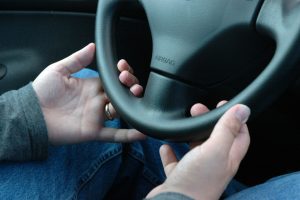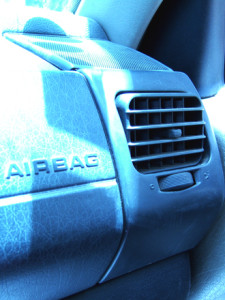Tesla Motors has come under fire in the last year after a series of collisions – one fatal – that involved the use of its Autopilot assisted driving system. The question is whether Tesla improperly deployed and marketed this system, which despite the name still does require substantial involvement from the driver. 
The aggressive “beta-test” of its Autopilot self-driving technology forced government regulators to step in, with input from other car manufacturers, to consider how human drivers should interact with increasingly more sophisticated vehicles and whether the advancements were simply too much too soon. A recent analysis by Consumer Reports magazine urged Tesla to disable the automatic steering feature until either the software is updated to require drivers’ hands on the steering wheel or else until no driver involvement is required at all.
CNN reported federal auto safety investigators with the National Highway Traffic Safety Administration (NHTSA) cleared Tesla of having an inherent vehicle defect resulting in a fatal car accident in Florida in which Autopilot system was engaged, but failed to detect an oncoming white tractor-trailer against the brightness of the mid-day sky. The Autopilot system was built to keep a vehicle in its own lane, and the car is capable of braking on its own. The feature is designed to be used on limited access highways with on- and off-ramps and not, as decedent driver was using it, on roadways where cars or trucks can cross in front of the Tesla. Continue reading
 Product Liability Lawyer Blog
Product Liability Lawyer Blog


